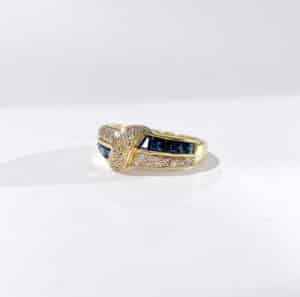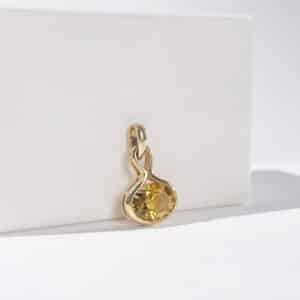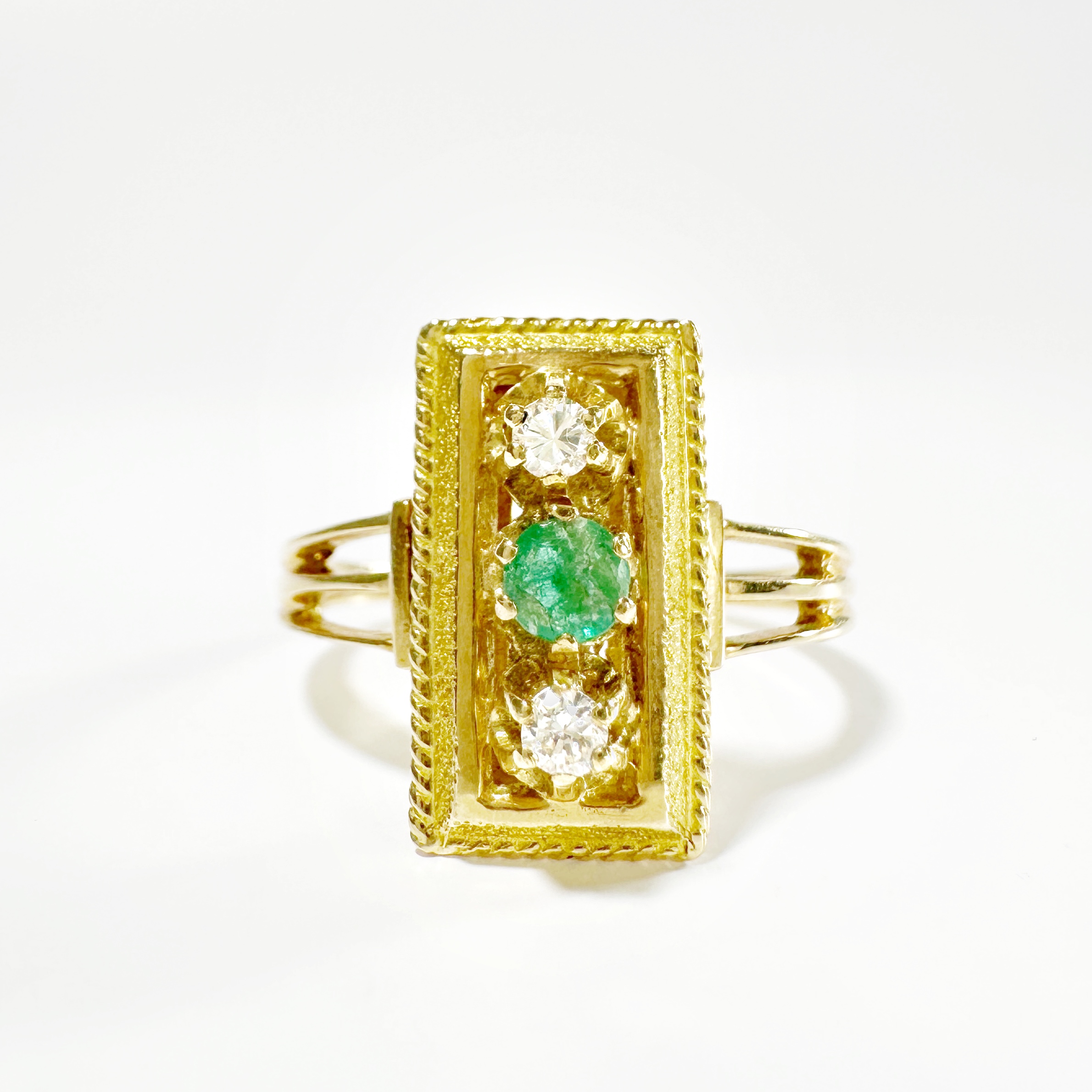At ONISI PARIS, as you know, we are passionate about antique and vintage jewelry. Nevertheless, there are rules in jewellery that transcend time, and are as valid today as they were in the most ancient times. In the description of our products, you can read terms that you may not be familiar with, and with this article we hope to clarify the topic of settings.
WHAT IS A SETTING ?
The term “setting” simply refers to the way a stone is held attached to the metal of a piece of jewelry. The choice of the type of setting is above all an aesthetic choice, even if some stone sizes will lend themselves more to certain settings than others. When it comes to dating a piece of jewelry, studying the setting can also be useful since some settings were only invented in the twentieth century, with advances in technology.
THE DIFFERENT TYPES OF SETTINGS
The bezel setting
The gem is encased in a sheet of metal that lightly covers its edges. The bezel setting is one of the oldest and strongest settings. It is especially used for cabochon stones because their rounded shape makes them difficult to fix with prongs.
The grain setting
Also known as “paving“, this setting consists of holding stones of identical sizes and generally small and numerous, using fine metal prongs, folded by the gem-setter to form grains. The final appearance gives the impression of a uniform surface.
 The prong setting
The prong setting
Often used for solitaires, this technique consists of encircling the stone in a cradle formed by metal rods. Each rod is then folded over the corners of the stone to keep it firmly attached. By enhancing the stone in this way, the prong setting highlights the brilliance of the stone.
The rail setting
With this setting, the stones are held side by side between two parallel metal rails. The rail setting is a technique frequently used for wedding rings.

The invisible setting
This method, popularized with Art Deco jewelry, consists of removing any metal attachment on the surface of the jewel to emphasize the brilliance of the stone. The stones are wedged one by one and then inserted into a T-shaped rail thanks to grooves dug into the base of the gem.
 en
en
 Français
Français






